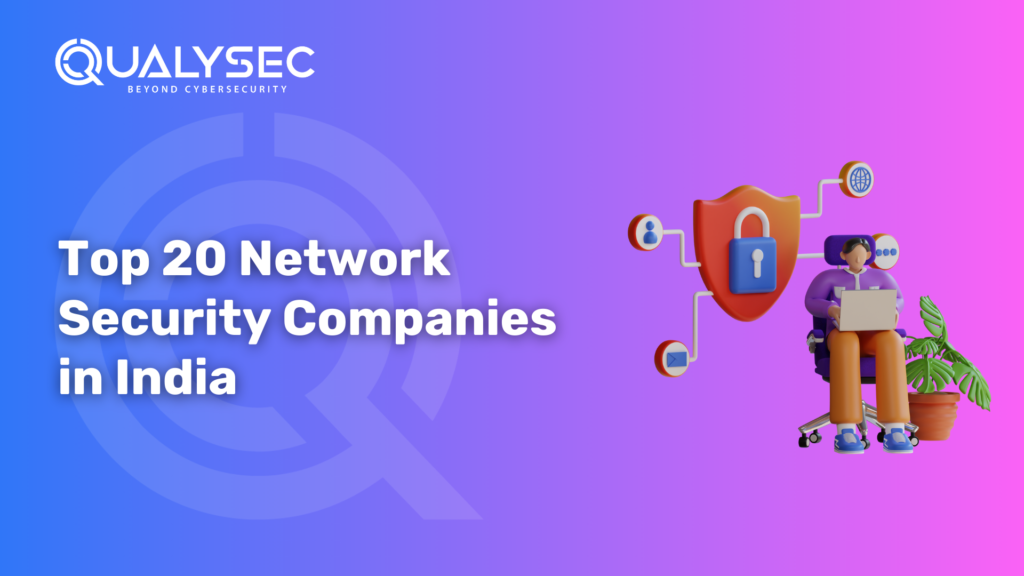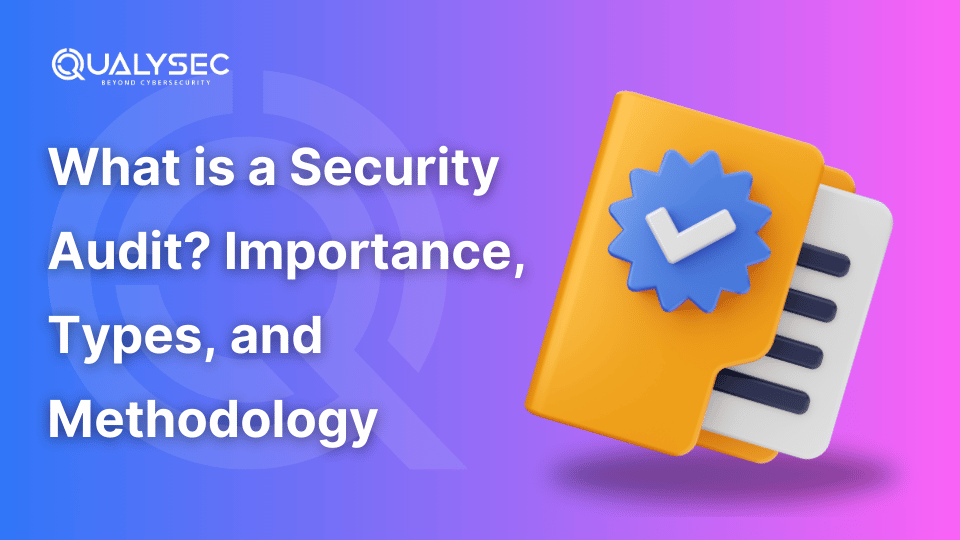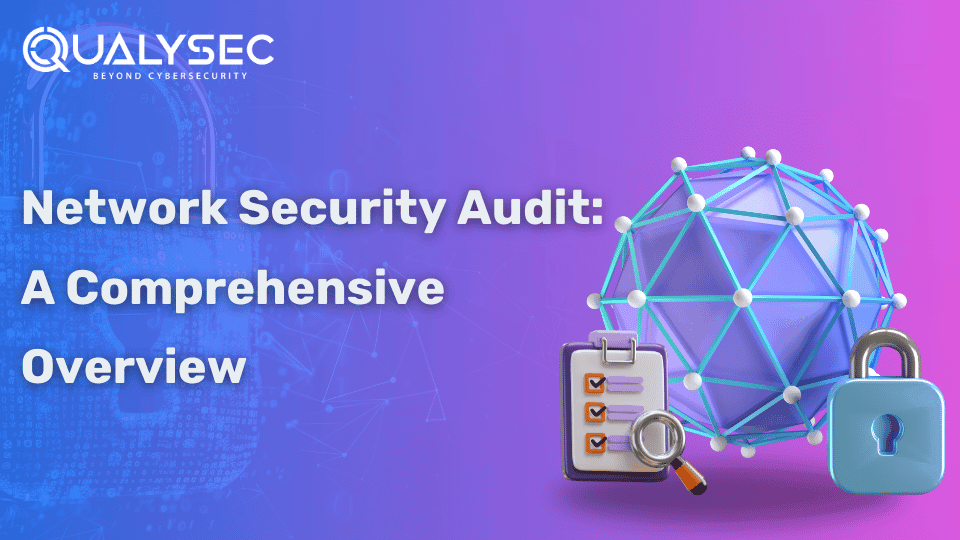Top 20 Network Security Companies in India
The most effective security stance is a multi-layered security stance. Security leaders in the enterprise know that no one product or solution is capable of offering best-in-class security to a whole organization in isolation. Accordingly, security leaders continuously spend money on fresh security tools and platforms to fight an expanding set of new types of cyber attacks such as ransomware, credential-based attacks, and malicious insiders. But not every network security tool plays well with others. More than 75 different security products are used, on average, by the typical enterprise to prevent cyber attacks. This can complicate the landscape and make it hard to deal with. CISOs and other security leaders must streamline their tech stack and concentrate on apps, managed services, and security controls that yield consistent results. We’ve gathered a list of the top network security companies in India — from firewall technology to access management, SIEM platforms, and more. Discover some of the most promising security technologies on the market right now. List of Top 20 Network Security Companies in India 1 . AlgoSec It is a network security provider that allows the world’s most complex organizations to secure, change, and get visibility into hybrid networks. This can handle both on-premises and cloud firewall implementations, allowing security teams to improve network traffic optimization and defend against sensitive data breaches by hackers. Organizations depend on AlgoSec to refresh security policies based on real-world requirements with automation. AlgoSec is most famous for its secure application connectivity and security policy throughout the hybrid network estate, such as public cloud, private cloud, containers, and on-premises. It provides a centralized platform for previewing security rule changes, making those changes to the rules, and collecting data on the outcome of those changes. AlgoSec’s zero-touch management is a major selling point, enabling administrators to prevent misconfigurations by automating security policy changes. 2. Cisco Cisco demonstrates ample expertise as a global leader in security and network solutions, with a comprehensive range that provides firewalls, intrusion prevention systems, and VPN options. It is probably most recognized as a hardware vendor for cybersecurity, having almost half of the global ethernet switch market along with a third of the world’s enterprise router market. Not to mention, it would be a disservice if we didn’t mention as well, that they’re widely viewed as one of the top trustworthy vendors, offering a full security stack, and integrations, while also being incredibly scalable. Its security portfolio is designed to complement each other and work seamlessly into anything already established in the network infrastructure, so this makes it a great fit for enterprises. 3. Palo Alto Networks Palo Alto Networks is famous for its network firewall security and advanced threat protection services. Few important facts about Palo Alto Networks: 4. Tufin Tufin is a specialist in Network Security Policy Management (NSPM) solutions. The company’s primary objective is to help organizations simplify and enhance their network security operations with solutions that improve security policy management, compliance, and automation. Tufin Solutions focuses on the challenge of managing security policies in the modern IT world. With this, organizations can adopt a Zero Trust architecture and manage risk more effectively. 5. Fortinet Fortinet prioritizes integrated security solutions like NGFWs, secure SD-WAN, and endpoint security. The company’s reputation primarily comes from its hardware firewalls’ increasingly sophisticated automation features. It now also offers intelligent threat intelligence and Secure Access Service Edge (SASE) options. The company’s services could be easily integrated in a variety of scenarios. The Fortinet Security Fabric is the name for the company’s approach to unifying security across platforms and tools. 6. CheckPoint CheckPoint provides an array of network and information security solutions, consisting of firewalls, intrusion prevention and detection systems, and security management platforms. It has both hardware and software firewalls, in addition to focusing on preventing techniques in the data center environment. 7. FireMon FireMon assists organizations in assessing, reducing, and enhancing the security of their network infrastructure (firewalls, routers, switches, and Cloud security implementation). This involves aiding organizations with risk reduction and change management and is in part focused on regulatory compliance. Security managers rely on vendors such as FireMon so that they can help them discover (and remediate) configuration errors that create inefficiencies in their security posture. It also helps to minimize their exposure to unexpected threats, that exploit vulnerabilities created only with misconfigured firewalls. 8. Symantec Symantec and Norton Norton are both providers of network security products such as endpoint protection and email security, and as of September 2022, both represent brands of Gen Digital, a publicly traded parent company. The products from the parent company are mainly to deal with consumer cybersecurity threats. It has many different endpoint security products, including antivirus and email phishing protection, among others. 9. McAfee McAfee offers a diverse array of cybersecurity products and services across network security solutions, antivirus, and threat intelligence. Most of its products are end-user protection and mobile security, and it sells these directly to consumers. As part of Intel’s security business, McAfee offers organizations managed security services through its ESM Cloud product. This product simplifies operational security and enables security teams to automate incident investigations. 10. Juniper Networks Juniper Networks provides network security solutions, such as firewalls, VPNs, and threat detection and prevention. The company, once a hardware firewall vendor and competitor to Cisco, has diversified to offer AI-based cloud-native security products such as Mist AI. The company’s range of security solutions and technologies defends IT staff, managed security services providers, and cloud operators equally. Hardware switches, routers, and firewalls make up the largest part of Juniper’s overall market and are still the products on which the company is most famously known. 11. Trend Micro Trend Micro specializes in endpoint security, cloud security, and network defense solutions. The products of the company assist security teams in comprehending, prioritizing, and reducing risk while safeguarding cloud-native infrastructure against cyber attacks. Security leaders who struggle to translate Zero Trust principles into operational practices can count on Trend Micro to facilitate those changes and






